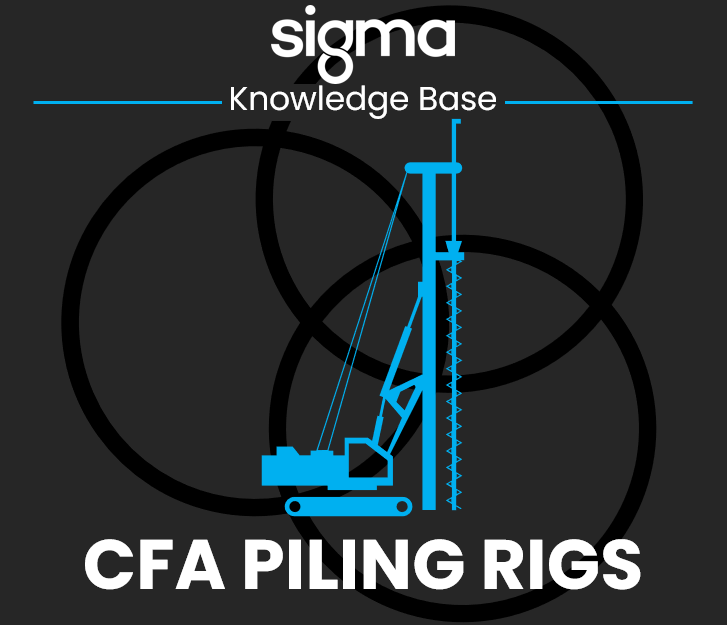
Introduction:
In the realm of construction and civil engineering, the importance of a solid foundation cannot be overstated. CFA (Continuous Flight Auger) piling rigs have emerged as a revolutionary solution in foundation construction, providing efficiency, reliability, and environmental benefits. In this blog, we will delve into the world of CFA piling rigs, exploring their features, applications, and the impact they have on the construction industry.
Understanding CFA Piling Rigs:
Continuous Flight Auger (CFA) piling rigs represent a cutting-edge technology in the field of foundation construction. These rigs are specifically designed to streamline the piling process, ensuring a strong and stable foundation for various structures. Unlike traditional piling methods, CFA piling involves a continuous auger that drills into the ground, simultaneously removing soil and injecting concrete to create a continuous column.
Key Features of CFA Piling Rigs:
Continuous Auger System: The hallmark of CFA piling rigs is the continuous flight auger, a helical drill that removes soil as it advances into the ground. This seamless process minimizes soil disturbance and accelerates the piling operation.
Simultaneous Drilling and Concreting: CFA piling rigs excel in efficiency by combining the drilling and concreting processes into a single operation. As the auger is withdrawn, concrete is injected through the hollow stem, forming a continuous concrete pile.
Reduced Vibration and Noise: Traditional piling methods often result in significant vibration and noise, which can be disruptive to surrounding environments. CFA piling rigs mitigate these issues, making them ideal for urban construction projects or areas with strict noise and vibration regulations.
Applications of CFA Piling Rigs:
CFA piling rigs find applications in a wide range of construction projects, including:
- High-rise Buildings: CFA piling is particularly suitable for constructing foundations in high-rise buildings where stability and load-bearing capacity are paramount.
- Bridges and Infrastructure: The versatility of CFA piling makes it well-suited for infrastructure projects such as bridges, where deep foundations are often required.
- Retaining Walls: CFA piling is commonly used in the construction of retaining walls to provide stability against soil pressure.
Advantages of CFA Piling:
Speed and Efficiency: The simultaneous drilling and concreting process significantly reduces construction time compared to traditional piling methods.
Minimal Environmental Impact: CFA piling rigs cause less disturbance to the surrounding soil, minimizing the environmental impact of the construction process.
Cost-Effectiveness: Despite being a sophisticated technology, CFA piling rigs can be cost-effective due to their efficiency and reduced construction time.
Conclusion:
Continuous Flight Auger (CFA) piling rigs have transformed the landscape of foundation construction, offering a faster, more efficient, and environmentally friendly alternative to traditional methods. As the construction industry continues to evolve, CFA piling rigs are likely to play an increasingly vital role in shaping the foundations of the structures that define our urban environments.
Contact us!
T: +44 (0) 1642 206100
E: sales@sigmaplantfinder.com
Disclaimer: This blog post contains content generated by an artificial intelligence (AI) model. While we have made efforts to ensure the accuracy and quality of the information provided, it is important to note that AI-generated content may not always be error-free or fully aligned with current standards, regulations, or the latest research. We recommend using this information as a starting point for your research and analysis, but we strongly encourage you to verify the facts, consult experts, and cross-reference the content with trusted sources before making any decisions or drawing conclusions based on the information presented in this blog post. The views and opinions expressed in this content are not necessarily those of the blog's author or publisher, and we cannot be held responsible for any consequences that may arise from its use.
